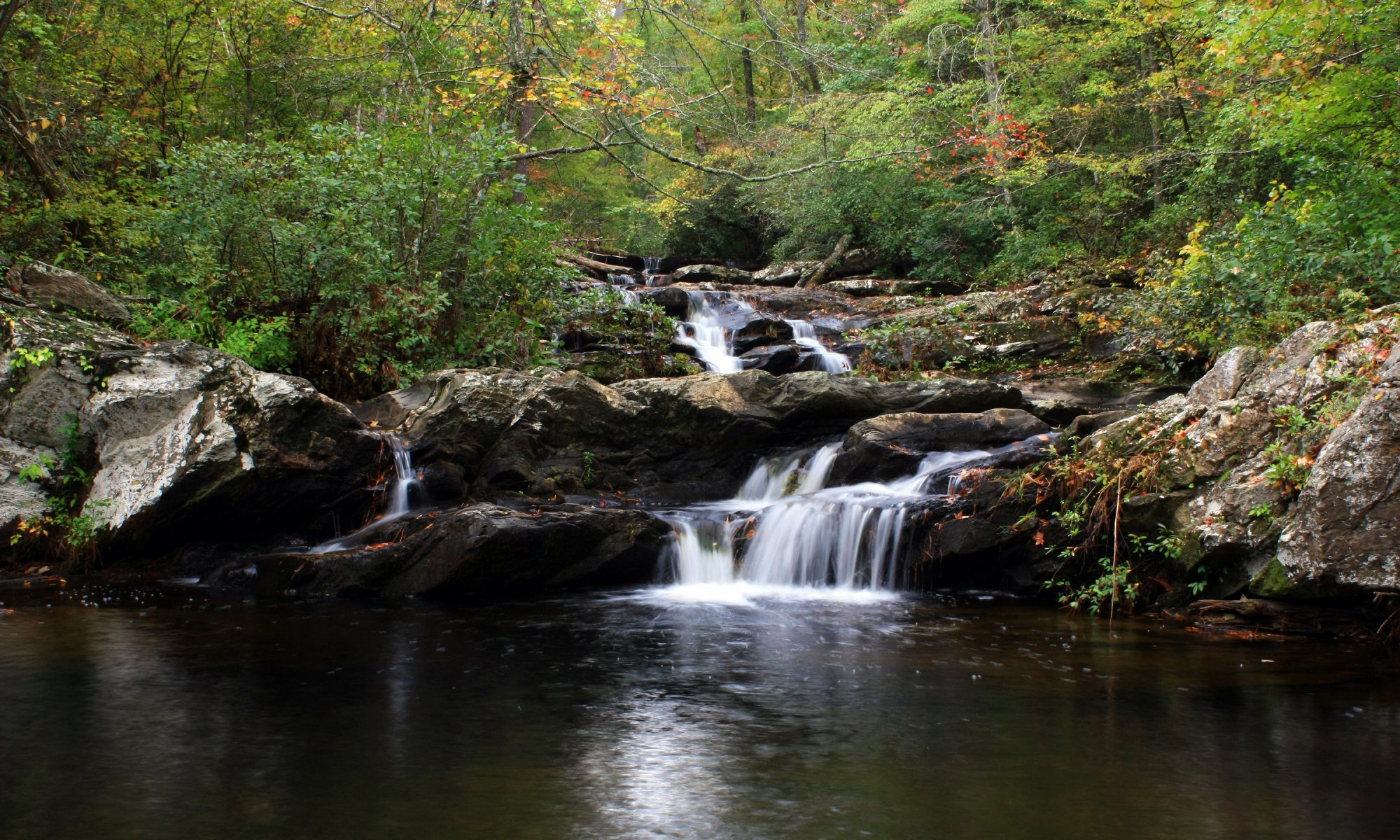Though on the surface of my teaching it appears that I peddle the physical skills of native lore—fire creation, shelter building, stalking, tracking, water purification, crafts, plants used as foods, medicines, crafts, insect repellents, weaponry, traps and snares, etc.—a hidden agenda lurks beneath. I am most interested in turning metaphorical keys that show people inroads to nature. I believe that each person develops his/her own unique relationship with the wild world, one that no one else can claim. That uniqueness is one of the beauties of this equation.
When students first come to my school to learn a particular skill, I often ask what urged them to plunge into such a topic. Usually, they do not have a ready answer. By the time they visit for a second class we have gotten to know each other enough that they feel comfortable delving into that question again.
“I just felt like something was missing in my life.”
I have heard that answer time and again. Once those words are out, we can then enter into an exchange that dips into our spiritual needs. It always boils down to this: That student vaguely recognizes this void: He has no practical or intimate interaction with the natural world into which he was born. That student can feel like a stranger to his own land. He is more familiar with the constructs of civilization: stores, highways, Internet sites, cell phones, etc.
Living among wild plants and animals on a daily basis was the original “real world.” To move through a paleo day and draw nourishment and warmth from the surroundings (and ensuring protection from those same surroundings) was the definition of life. It was the most fundamental procedure for existence. Today it is an adventure that only a small percentage of humans can accomplish. No wonder there is a gap between modern man and nature.
There are two subjects I always suggest for those who want to build a bridge to the intimacy of nature: plant study and animal stalking. I know of no better thresholds to cross to affect the psyche of the hungry student. By learning and using plants, we become part of the forest and field by developing relationships with individual species. If we eat a plant, are we not what we eat? If a plant heals us, do we not owe it some allegiance and respect? If we make a tool from nature, are we not holding that tool in gratitude? If a nibble of yellowroot’s bright yellow root resolves an upset stomach, each time we encounter it in a new place, do we not feel at home in this new place by the presence of an old friend?
In dedicating oneself to the rigors of stalking—a discipline that, arguably, could be called a martial art—a very simple shift occurs: The student transcends from being a spectator in nature to being a participant. This last sentence is the answer to the riddle. This is what was missing from the lives of those students mentioned above.
Why do I want this for people? Two answers. One: I value the enrichment of their lives. This path boosts self-esteem. I have seen it do wonders for curious children, troubled young adults, and introspective adults. Two: If we do not continue to produce generations of people who understand the value of wildness, we will lose it. When that happens, the world as we know it loses. If a person does not care about plants, animals, rock outcrops, rivers . . . how can we expect that person to conserve it?
As grandiose as the term may sound, I’m talking about saving the world. The real one.

